
Our modern trail toys are surprisingly nice to climb on, though not everyone shares a love for the ascent. For folks who have no interest in learning to enjoy the ups of mountain biking, there are shuttles, chairlifts, and e-bikes to get you to the top. However, if you revel in earning your turns, or you want to learn to revel in it, there are a handful of different ways to think about climbing that you may find useful.
I enjoy climbing technical trails as much as descending them, and while I also dig the rush of a bustling shuttle day, the chess game of an awkward rock garden ascent is a challenge I have always appreciated. Every enduro racer has to endure the transition slog to the next stage, which can include a few thousand feet of climbing in a long race, and they’re required to reach the top before a specified time to avoid penalties. On the cross country and marathon front, most races are won on the uphill, and the focus required to maneuver rock gardens with your heart in your throat is an impressive feat in itself.
I’ve broken down some climbing concepts into three categories of cognitive motivation, which are analytical, competitive, and fitness based. While these threads can overlap and intertwine, this delineation might help riders sort out what’s important to them. Let’s clean those sections now.
Analytical thinking

Riders who enjoy data analysis on any level can truly dig their tires into a good climb. Whether pedaling up a technical section of trail or pacing a steady dirt road ascent, there are endless numbers to collect and analyze, and often more difficult lines to test the next time around.
The data from your bike’s computer can tell you where you went fastest, what pitch your legs are most challenged by, what temperatures you pedal best in, and generally let you know what to work on in order to climb faster on your next ride. If you use a heart rate monitor, cadence sensor, or power meter, you can focus on the numbers all the way up, maintaining and pushing the pace to see what works best.
If you’re climbing more demanding singletrack, the natural roots and rocks offer ample sustenance for an analytical mind. As you look up at the chess game of stones and wood before you, choosing the tire path that will work best with your bike and immediate level of energy is key. You can session lines and try to clean more difficult variations as you feel comfortable, or simply try to find the fastest way to the top of the rock pile. Climbing trail is similar to rock climbing or bouldering in this way. There is always more than one route.
Finally, analytical thinkers can get competitive on ascents while assessing the tactical elements of a climb. Looking at where it’s possible to pass someone, where to keep a steady pace, where you may be able to recover a bit, and where to attack, will all help you reach the top before your friends or unknown Strava names. Studying and assessing a climb that you ride frequently can offer a consistent challenge and means of personal athletic and technical growth.
Tip: Try thinking about “unrolling the carpet.” This is a classic climbing technique used by road racers, where you start out steady and gradually climb faster as you near the crest, similar to the increasing velocity of an unraveling carpet roll. This allows you to learn how much energy you can spend at different points in a climb while reserving some power for the final half-kilometer or so.
Competitive drive
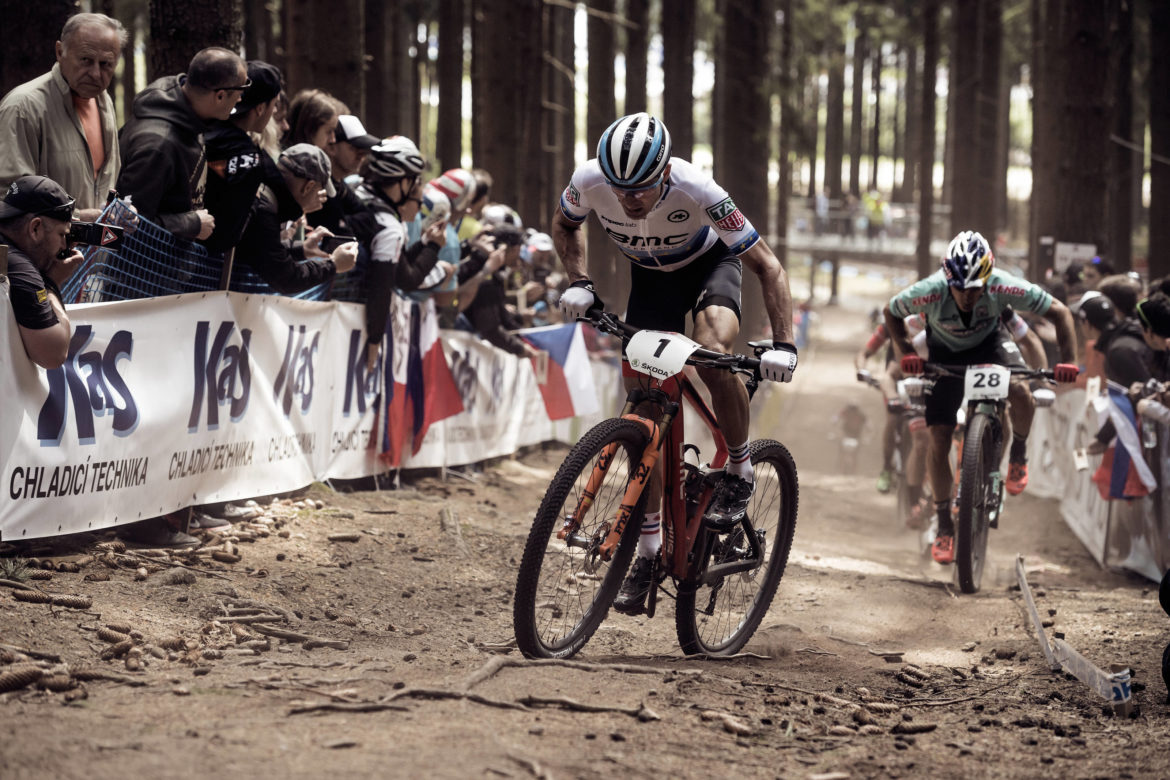
There’s no question that ascents can feed competitively-driven riders all day long. For folks who truly live to win, the climbs offer one more stage to showcase the fastest or cleanest ride. Modern trail bikes are designed with descents in mind, and while many of them climb quite well, it is largely up to the rider to sort out the skills and engine necessary to arrive at the top in a hurry. The bike can’t do the work for us.
Riders can go beyond competing with their friends, teammates, and software. Climbs are a great place to push your own limits and compete against your former times to improve and progress. With a low risk of injury, pedaling uphill is one place any rider can excel without much concern of crashing or pushing beyond their personal safety boundaries. For inherently competitive riders who feel less confident bombing downhill, the ride back up is your time to shine.
In addition to power and technical prowess, ascents require focus. It’s easy to become distracted while pedaling hard at low speeds. Challenging yourself to stay focused can be another element to help improve your overall climbing speed and enjoyment. Try timing yourself to see if you can lock your mind into an entire climb, or try to extend your focus toward the ridgeline every time you hit the pathway up. As a notable bonus, you can forget about the rest of life for a second and essentially meditate on the bike.
Climbing with a competitive spirit ties into a rider’s overall fitness on the bike in a number of ways. The fitter you are the faster you can climb, and that fitness will carry over to all other aspects of your competitive trail enjoyment. It’s easier to push the limits of your cardio and muscular systems while pedaling uphill, which will eventually result in faster and more fun riding on all trail grades. Pro-level downhill and enduro athletes also practice tough climbs throughout their training to improve their bodies’ ability to perform under max exertion.
Tip: On group rides, find some technical sections that are tough to clean and challenge your buddies to a dab contest. The rider who has to dab (put their foot on the ground) the most has to buy everyone a beer or soda at the end of the ride.
Physical exertion

Stomping pedals on the way up to a fun descent not only burns calories and builds muscle, but it can also show you the adaptation and endurance that your body is capable of. As you challenge yourself to steeper and longer trails you will learn how far you can push yourself, and what happens when you reach the limit. The best part of the story is that your limits will shift and occasionally topple over altogether. Learning how long your body can climb will give you a better idea of how to pace yourself on epic adventures with friends, and may save some crosseyed bonk-fests when the trailhead is further away than expected.
Additionally, climbing hills is a quick way to race through some calories. If you have a limited amount of time to ride, focusing on some hill repeats or one hard climbing effort will likely burn more calories than any flat or declined path you could follow. High-intensity ascents can turn your weekday lunch-spin into a worthwhile training effort that will make the weekend rides even sweeter. If you live someplace where the longest climb is two minutes, you could try to repeat it ten times. If your local gravity grades are in the 20-minute to 2-hour range, consider yourself fortunate.
Finally, if climbing motivation is an elusive concept for you, know that it’s one of the things in life you can change. The more you climb the better it will feel, and eventually, your desire to ascend will likely increase. As your body adapts over time, with additional muscle and diminishing fat stores, you will be able to pedal harder uphill with less effort, and clean technical segments with fewer dabs. The catch is that you have to put in the work to reap the reward. As four-time Tour de France winner Greg Lemond once said, “It doesn’t get any easier, you just get faster.”
Tip: Try to create a mantra that’s easy to remember, and can fit well with the rhythm of your pedal stroke. Words of positive affirmation and strength can help you remain focused on the hill ahead. For example, when I raced XC, a friend gave me a mantra for the hard bits that went “smooth, steady, strong, fast,” with each word matching a revolution of the cranks. This simple repetition helps me focus on maintaining power when my brain wants to drift off and let my legs relax.
Are you someone who used to hate climbing, but now finds joy in it? Tell us how you made the switch in the comments below!





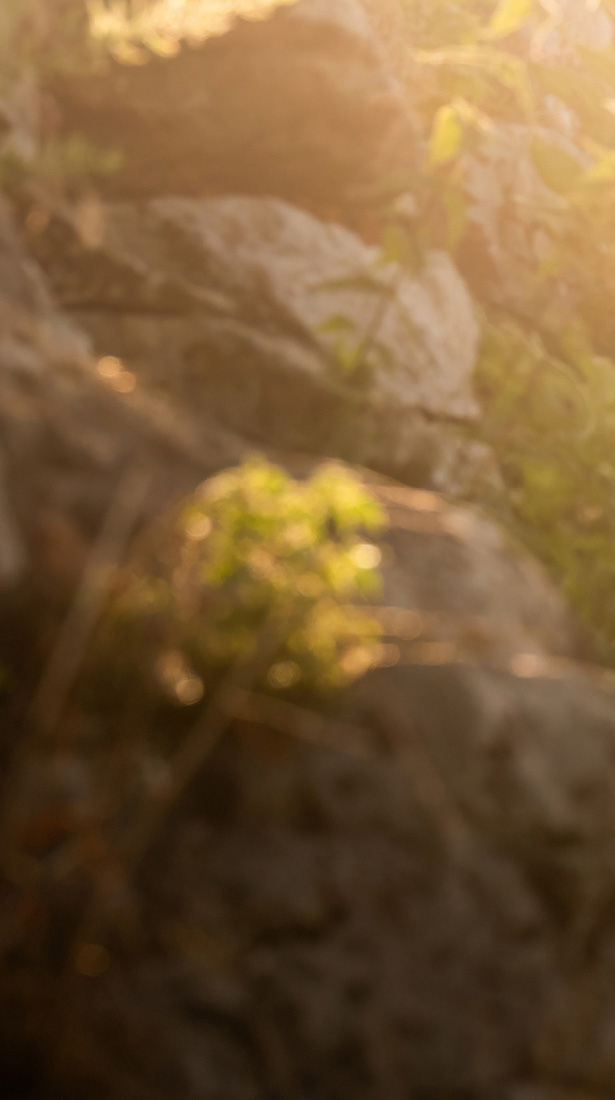
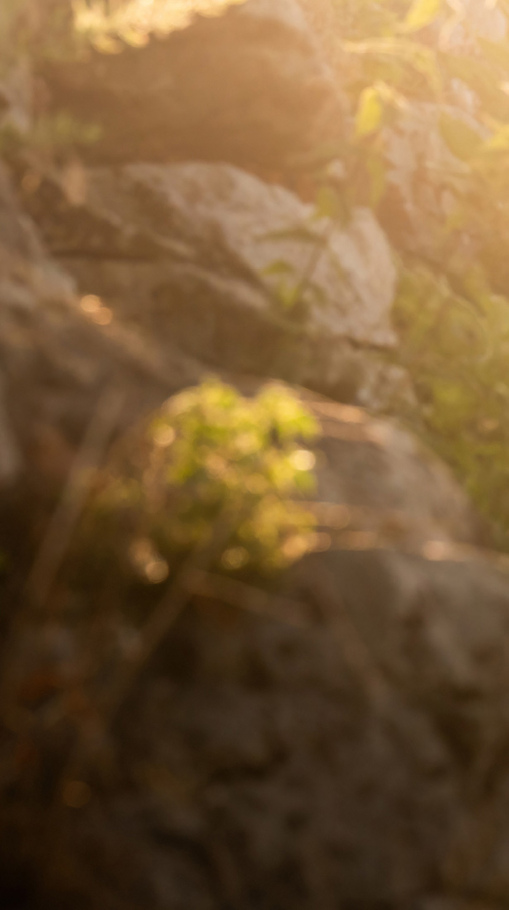
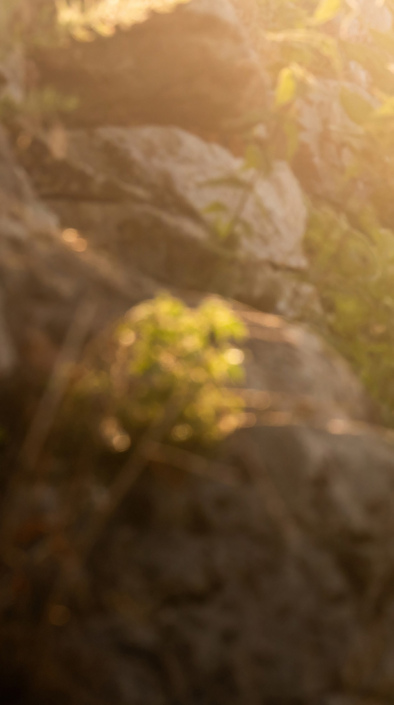
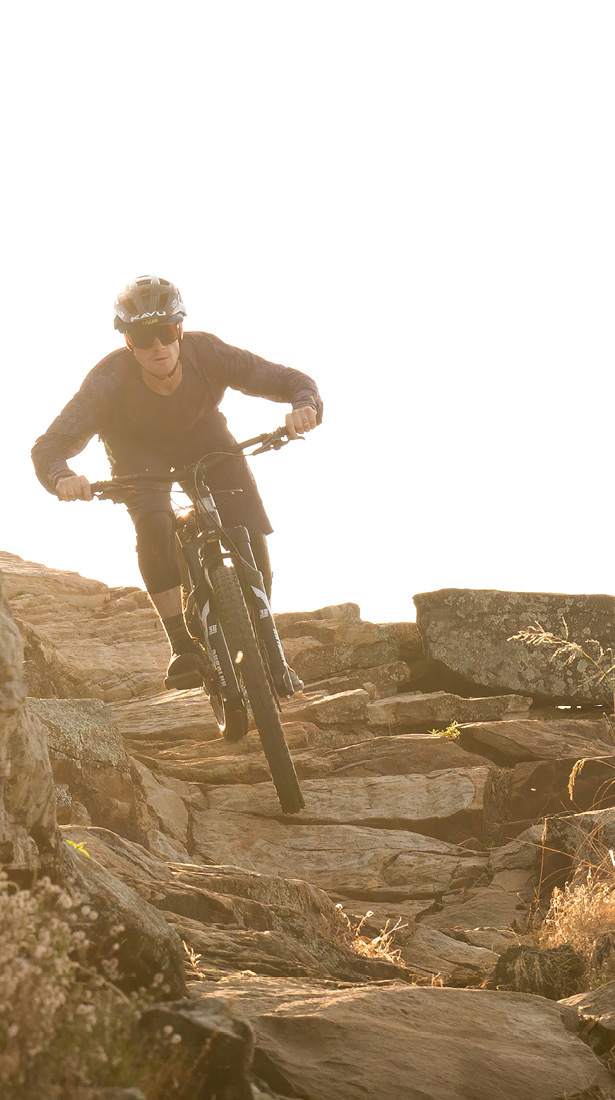

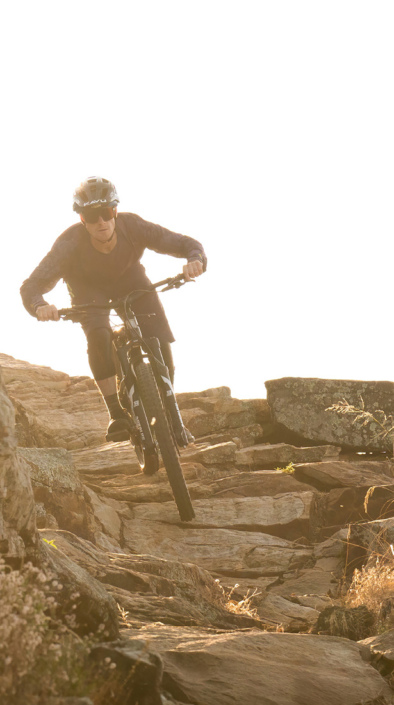



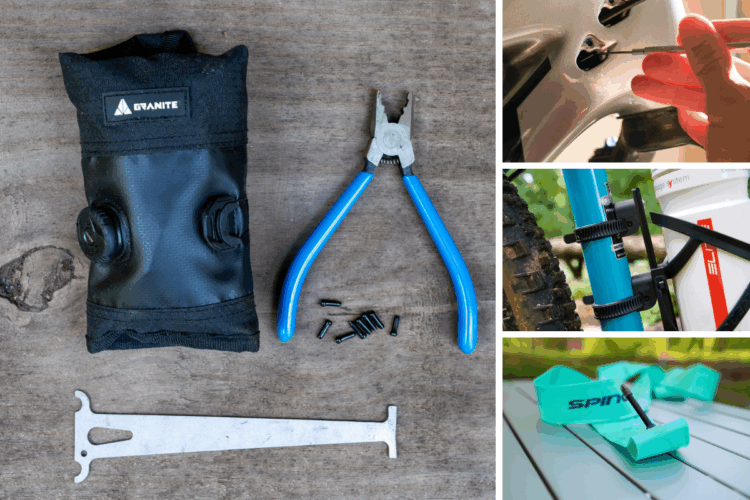
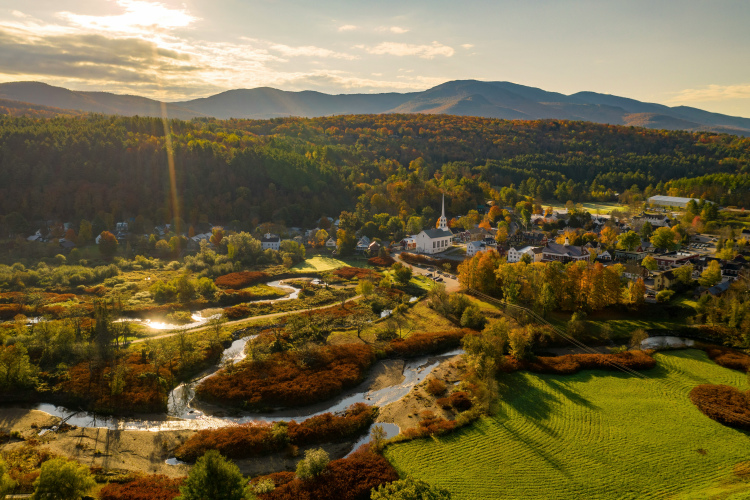
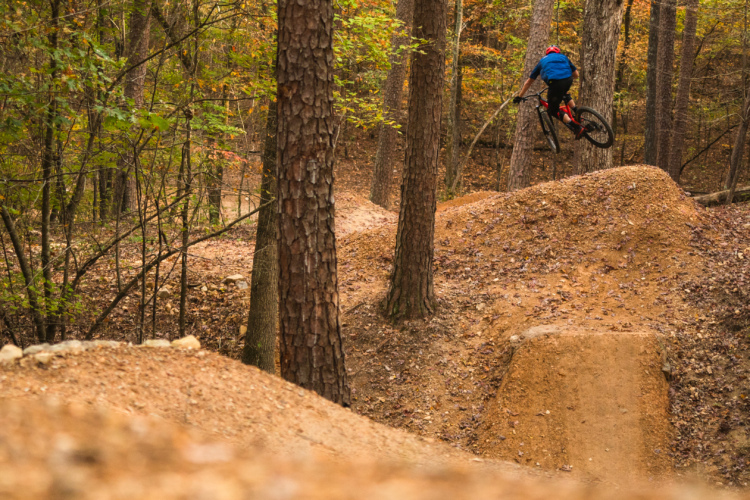
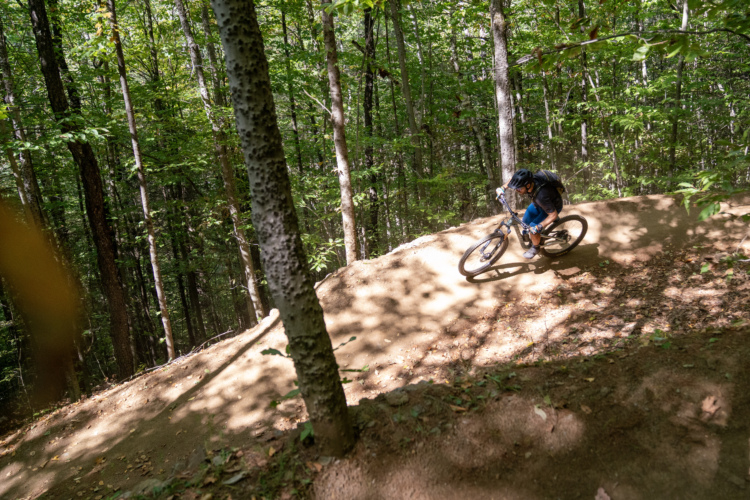

13 Comments
Feb 27, 2020
Mar 1, 2020
Feb 26, 2020
Feb 27, 2020
Climbing definitely gets faster and more satisfying the more in shape I get but never easier.
As four-time Tour de France winner Greg Lemond once said, “It doesn’t get any easier, you just get faster.”
Jul 5, 2020
Feb 27, 2020
Feb 27, 2020
My first mountain bike ride I struggled to complete a trail that’s 10 miles 900 feet and did more hiking than riding.
My goal this year is 1 million feet of climbing. As of year today I’ve climbed 170,000 feet in approx 1,100 miles.
Jun 22, 2022
also, singletracks reader to singletracks reader, your comment comes off as quite the humble brag.
Feb 26, 2020
Feb 26, 2020
Well said R Treb
Feb 28, 2020
Feb 29, 2020
https://www.bicycling.com/training/a20045510/the-best-high-intensity-interval-training-workouts-for-cyclists/
Feb 26, 2020